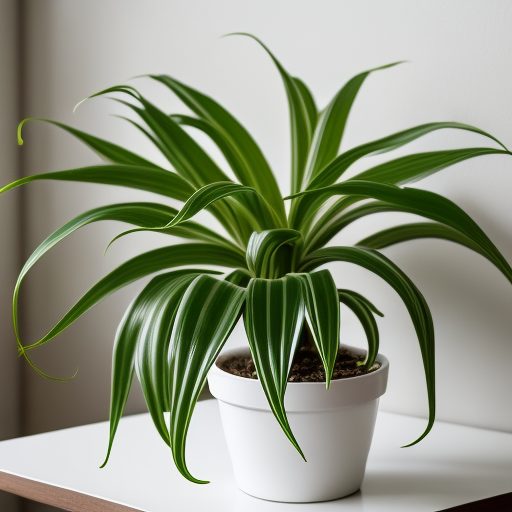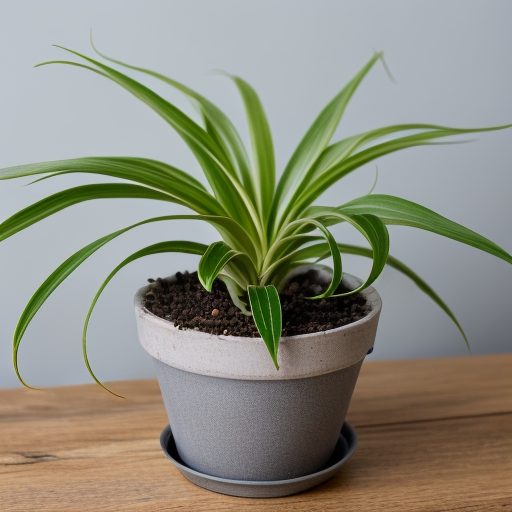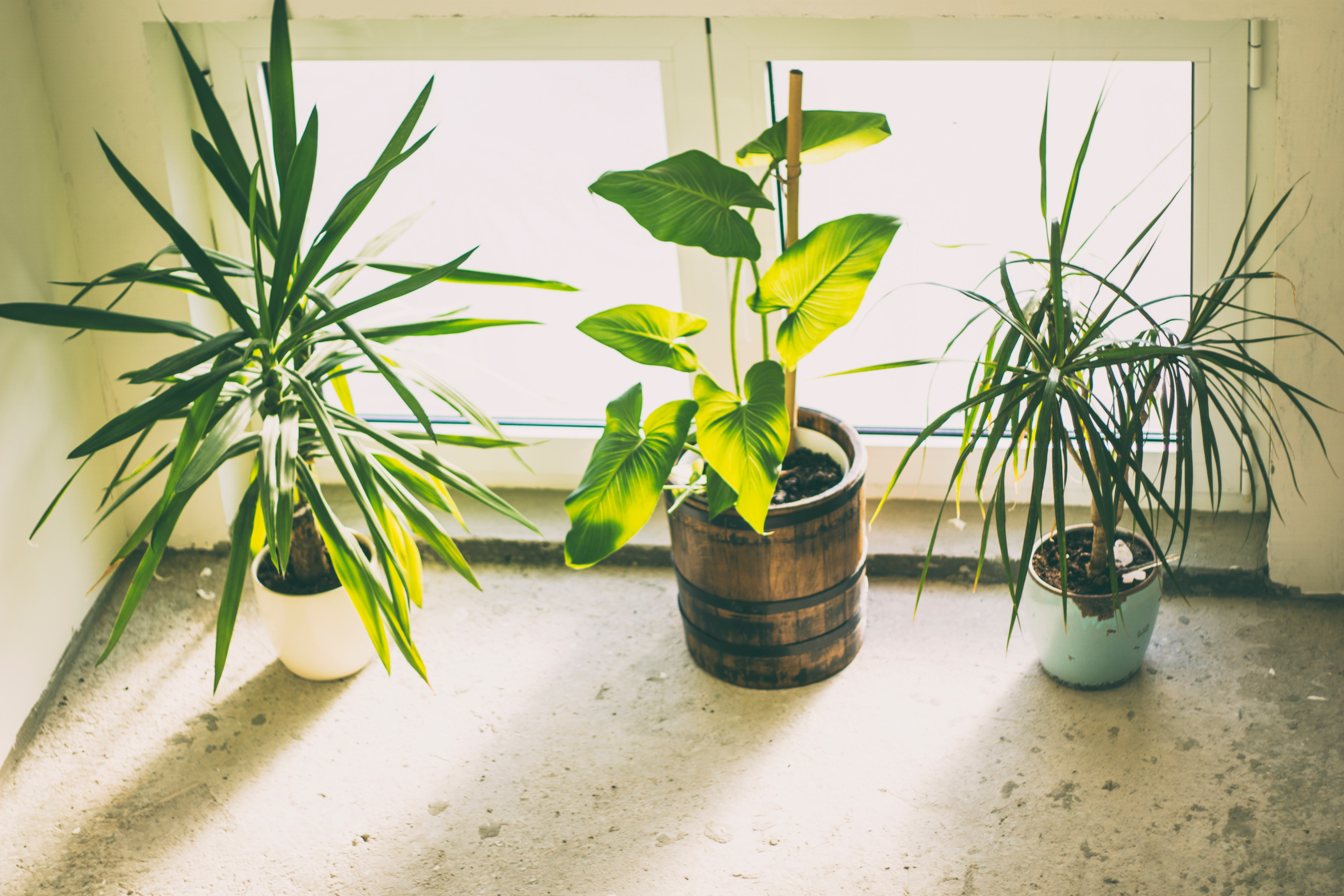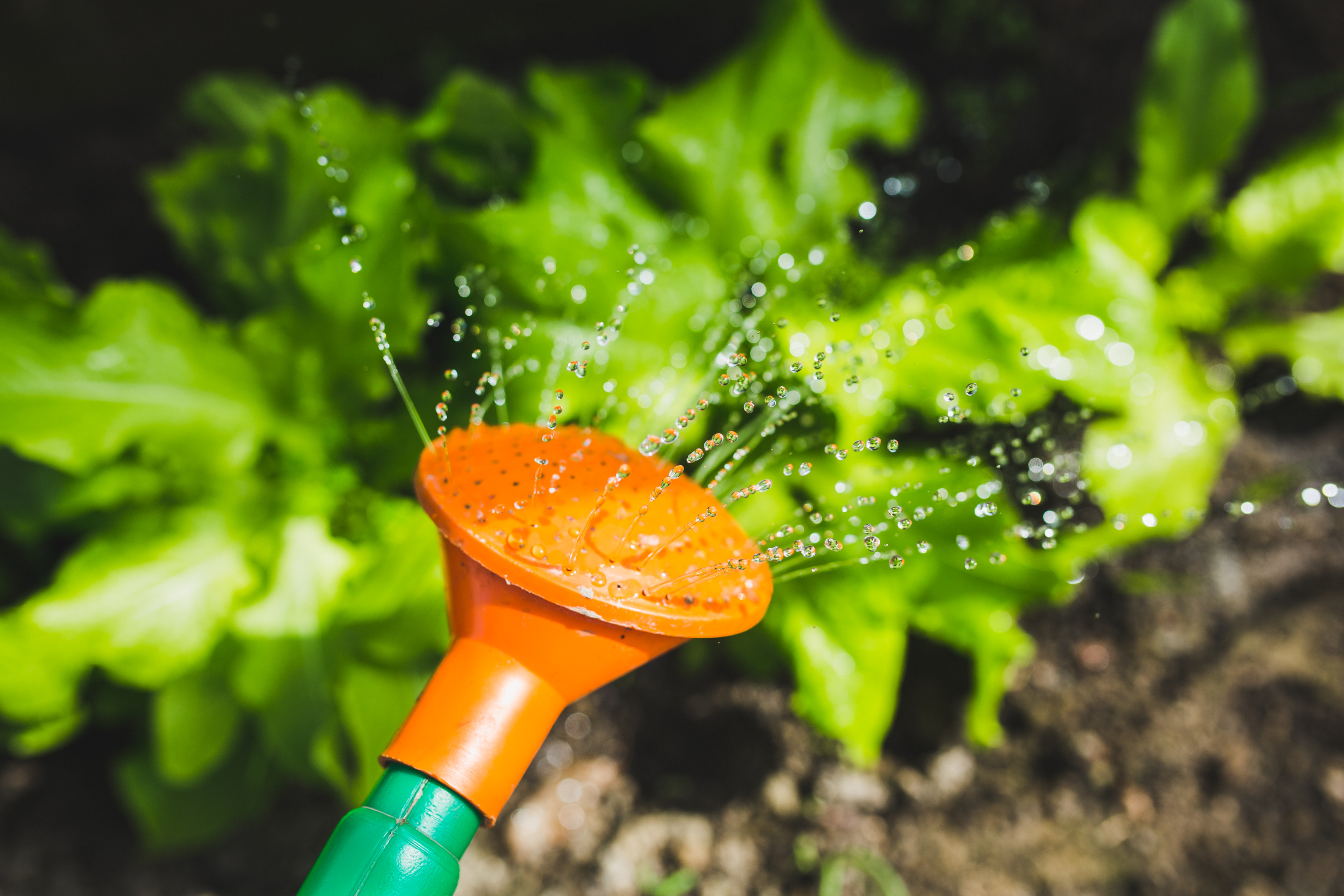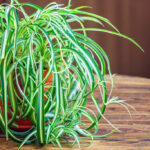HousePlantJoy is supported by our audience. When you purchase through one of our links, we may earn a small affiliate commission. As an Amazon Associate I earn from qualifying purchases. Your cost is not affected.
==================
I love spider plants! They’re not only beautiful and easy to care for, but they’re also said to have air-purifying properties. In fact, NASA even lists them as one of the best plants for removing toxins from the air.
For a houseplant that’s easy to care for and will make your home look stylish, the curly spider plant is a great choice. Curly spider plants are not only beautiful, but they’re also beneficial to your health. They’re said to help remove toxins from the air, making them a great choice for people with allergies or asthma.
If you’re looking for a low-maintenance houseplant that’s both stylish and beneficial, the curly spider plant makes a great option.
Image Source: Pexels
Meet the Curly Spider Plant
Hello plant enthusiasts, as a seasoned indoor gardener, I’ve had the pleasure of nurturing numerous varieties of houseplants over the years. However, there’s one plant that has always held a special place in my heart – the curly spider plant. This plant, with its lush, arching foliage, is not just a sight for sore eyes but also an easy-to-care-for houseplant that can thrive in various conditions. In this article, we are going to dive deep into understanding how to care for spider plants.
Tropical but Adaptable
Spider plants, scientifically known as Chlorophytum comosum, are native to tropical and southern Africa but have found their way into homes worldwide. They are renowned for their air-purifying properties and the charming, spider-like plantlets they produce, which are often referred to as spider plant babies. Spider plants are resilient and can adapt to a variety of environments, which makes them an excellent choice parent plant, for both novice and experienced plant parents.
To ensure that your curly spider plant not only survives but thrives in your home, it’s crucial to understand its needs and preferences. From watering frequency to soil type, and light requirements to propagation techniques, each detail contributes to the overall well-being of your spider plant. So, let’s explore these aspects in the following sections.
Basics of Spider Plant Care
Taking care of a spider plant is not a daunting task, but it does require your attention and dedication. The first thing to note is that most spider plants are hardy and can tolerate a wide range of conditions. However, they do best in well-drained soil and indirect light – two critical factors you should consider when learning how to take care of a spider plant.
Curly Spider Plant Requirements
Spider plants also prefer cooler temperatures, ideally between 55 and 80 degrees Fahrenheit. Extreme heat or cold can stress the plant and lead to browning of the leaves. Similarly, while spider plants can survive in low humidity, they prefer a more humid environment. You can achieve this by misting the plant regularly or placing it on a tray of watered pebbles.
Another critical aspect of spider plant care is fertilization. During the growing season of the mother plant, typically from spring to early fall, you should fertilize your spider plant once a month with a balanced liquid fertilizer. However, be careful not to over-fertilize, as this can lead to salt buildup, which can damage the plant.
How Often to Water a Spider Plant
One of the most frequently asked questions about spider plant care is, “How often to water a spider plant?” Spider plants are quite forgiving and can withstand a little neglect. However, they do have their preferences when it comes to watering.
Spider plants prefer their soil to dry out a bit between waterings. Overwatering can lead to root rot, a common plant disease that can be fatal. Therefore, it’s better to err on the side of underwatering. Generally, watering your spider plant once a week should suffice. However, you may need to adjust this based on the temperature and humidity levels in your home.
It’s also essential to check the moisture level of the soil before watering. You can do this by inserting your finger about an inch into the soil. If the soil feels dry, it’s time to water your spider plant. If it still feels moist, wait a few more days before watering.
Optimal Soil for Spider Plants
The right soil can make a significant difference in your spider plant’s health. Spider plants prefer well-drained soil that is rich in organic matter. A good choice is a quality potting mix with perlite or sand added to improve drainage. This type of soil ensures that the plant’s roots get the necessary air circulation and prevents waterlogging.
While spider plants are not heavy feeders, they do benefit from nutrient-rich soil. You can enhance your potting mix for mature plants by adding compost or worm castings, which will provide the plant with necessary nutrients and enhance soil structure.
It’s also important to repot your spider plant periodically, ideally once every 2-3 years. Repotting refreshes the soil and provides the plant with more room to grow. However, spider plants do enjoy being a bit root-bound, so don’t rush to repot new potted plants unless necessary.
Sunlight Requirements for Spider Plants
Now, let’s talk about light. Do spider plants need sun? The answer is yes, but not too much. Spider plants thrive in bright, indirect light. They can tolerate some direct sunlight, but prolonged exposure can scorch the leaves, leading to brown leaf tips or spots.
If you’re unsure about the light conditions in your home, a north or east-facing window is usually a safe bet. If the light from the direct sun is too intense, you can diffuse it with sheer curtains or move the plant further away from the window.
Do Spider Plants Need a Lot of Light?
While spider plants appreciate bright light, they don’t require an abundance of it. They can tolerate low light conditions, and moderate indirect sunlight, although this may slow their growth rate and lead to fewer spider plant babies. Therefore, if you want to maximize your spider plant’s growth and propagation potential, providing it with plenty of indirect light is beneficial.
Can Spider Plants Live Outside?
Yes, spider plants can live outside, but with some conditions. They are not frost-tolerant and should be brought indoors if temperatures drop below 50 degrees Fahrenheit. If you live in a mild climate, you can keep your spider plant outside year-round, provided it’s sheltered from intense midday sun.
Indoor Care for Spider Plants
When it comes to spider plant indoor care, there are a few additional factors to consider. Spider plants are great at purifying the air, but this also makes them susceptible to chemicals found in tap water. Therefore, it’s best to water your spider plant indoors with filtered or distilled water.
Indoor spider plants also benefit from regular dusting. Dust can block light absorption and hinder the plant’s growth. Gently wipe the leaves with a damp cloth or give your spider plant a shower to keep it clean and happy.
How to Care for Spider Plant Babies
One of the joys of owning a spider plant is watching it produce spider plant babies. These plantlets can be used to propagate new plants, making spider plants an excellent gift for friends and family.
To propagate spider plant babies, wait until they develop roots and then simply pot them in a small container with well-draining soil. Keep the soil moist until the grow spider plant islet establishes itself, then care for it as you would a mature spider plant.
Water Babies
Alternatively, the babies grow spider plants can be grown in a container of water. Spider plants love water and the roots of the babies grow quickly in water.
Video Credits: Epic Gardening
Embracing Your Curly Spider Houseplant: A Journey of Green Elegance
Tending to your curly spider houseplant is a rewarding journey that’s all about providing the right conditions and a little bit of love. Remember, these green companions thrive on a bit of neglect, making them a fantastic addition to any home. By keeping an eye on moisture levels, ensuring the right lighting, and occasionally grooming your plant, you’re well on your way to maintaining those beautifully unique curls.
So, whether you’re a seasoned indoor gardener or just starting your green-thumb adventure, the curly spider houseplant offers a touch of elegance and low-maintenance charm to your space. As with any houseplant, a little attention goes a long way in creating a healthy and vibrant addition to your home decor. With these care tips in your arsenal, you’re all set to enjoy the lush beauty of your curly spider plant for years to come. Happy gardening!
FAQs on Curly Spider Plant Care
How Often Should I Water My Curly Spider Plant?
Water when the top inch of soil is dry, usually every 2-3 weeks.
What's the Ideal Temperature for Curly Spider Plants?
Keep them in a range of 60-75°F (15-24°C).
Can Curly Spider Plants Tolerate Low Light?
Yes, they can survive in low light, but they thrive in bright, indirect sunlight.
Follow Us On Our Socials!
Following HousePlantJoy on Facebook is a fantastic way to dive into the world of indoor gardening and plant care. Our page is a treasure trove of valuable tips, inspiring photos, and engaging discussions about all things green and leafy.
If you’re looking to infuse your Instagram feed with a burst of vibrant greenery and a daily dose of plant beauty, then HousePlantJoy is a must-follow account.
For those who love collecting a virtual garden of inspiration, following HousePlantJoy on Pinterest is a no-brainer.
Following HousePlantJoy on Twitter is your ticket to staying in the loop with the latest trends, news, and updates in the world of houseplants.



